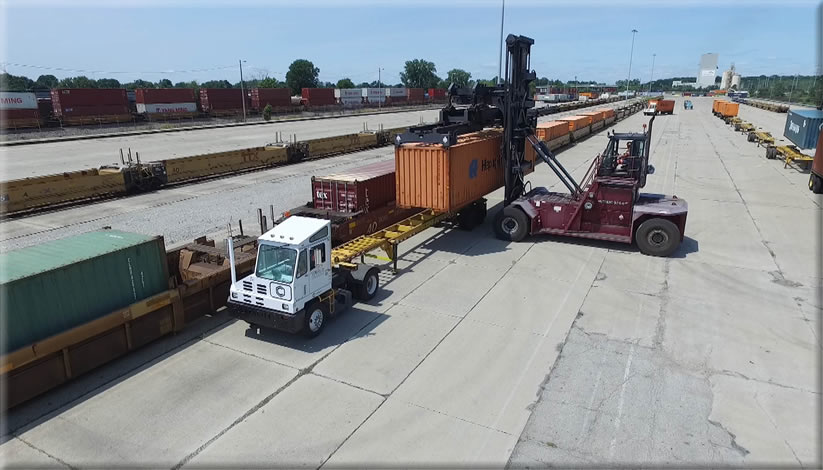


tony Blewett on Current sewage pollution issues could be the result of well-intended privatisation legislation: ‘After World War 2 the UK central Government grant aid funded.Andrew William Fraser on Programme delivery lessons can be learned following opening of Edinburgh’s tram extension: ‘Surely the last (real) tram ran in 1956!.John Porter on DfT ‘does not know what it’s trying to achieve’ with HS2’s Euston station says Public Accounts Committee: ‘HS2 Euston is too small, but could MUDDLE THROUGH with one f.Tom Vincent on How engineers worked at pace to restore Nuneham Viaduct in only 10 weeks: ‘The article has been amended since this post.Jeffrey Smith on Decline in HSE construction site inspections is a concern for everyone: ‘I am not known for my support of unions but I fully endorse.on Current sewage pollution issues could be the result of well-intended privatisation legislation: ‘Graham's article and Tony's comment are both very interestin.david jones on Engineering input vital to rethinking UK energy network: ‘Yes you are correct.It underlines the lack of planning and t.As of this afternoon, National Transportation Safety Board (NTSB) officials have also arrived onsite to assist in reviewing the incident. Sprint and its contractors are on site to repair a damaged fiber line associated with the incident. “Water quality testing will continue until the cleanup is complete and at this time there are no known risks to public drinking water. Preliminary results do not show petroleum hydrocarbons or sulfur impacts to water quality. Water quality sampling is being performed by a contractor on behalf of Montana Rail Link with oversight by Montana DEQ and EPA. “We are aware of reports of globs of asphalt appearing down river that may be associated with the derailment and we will proactively investigate and sample this material. This process entails moving the contents from one rail car to another rail car or truck.
TRANSLOAD OPERATOR JOBS UPDATE
Giving an update on Sunday evening, a spokesperson for Montana Rail Link said: “Transloading of the sodium hydrosulfide car nearest the river has been completed successfully and the car will be re-railed and moved to a secure location. “These trains are long and it may have been that the locomotive crossed and was the last straw before the pier rotated.” “If that pier had started to rotate, that would have caused a twisting of the tracks leading to the train derailing, probably damaging the trusses,” Fish said. He also pointed out that in the images of the failure, it appears that one of the bridge’s piers is now missing, hence its V-shaped buckle into the water. Scour is the erosion of riverbeds and banks, which can reduce the security of a bridge’s foundation, often resulting in bridge structural failure if not mitigated quickly.įish believes that “scour was the primary cause” of the collapse. It has been suggested that the flow levels are likely to have repeated this year and will have increased the rate of scour and degradation on the bridge. This impacted on the river channel, the Yellowstone national park and associated structures. Reports indicate that June last year saw this area of the Yellowstone River experience record levels of water flow due to snow melt from rapidly rising temperatures.

Then again, a derailment is unlikely on what appears to be a straight line.” Rail operator and infrastructure owner Montana Rail Link is working with Montana’s environmental quality department and the nation’s Environmental Protection Agency on the cleanup and removal.ĭiscussing the cause of the incident, independent bridge consultant Richard Fish said: “There seems to be some confusion about whether the train derailed causing the bridge to collapse or vice-versa. Water and air testing downstream of the incident commenced on Saturday and harmful levels of pollution have not been detected. The wagons remained in the river, with some of the materials from the wagons leaking into the flow. The damage to the structure was extreme but the train crew safely exited. It fell in the Yellowstone River on Saturday morning when the railroad portion of the Yellowstone Twin River Bridges collapsed during crossing. The train had seven wagons including some transporting hot asphalt and sulphur. Experts believe scour caused by record river flows is likely to be the primary cause of of a rail bridge collapse in Montana, United States which saw a freight train plunge into the river below.


 0 kommentar(er)
0 kommentar(er)
